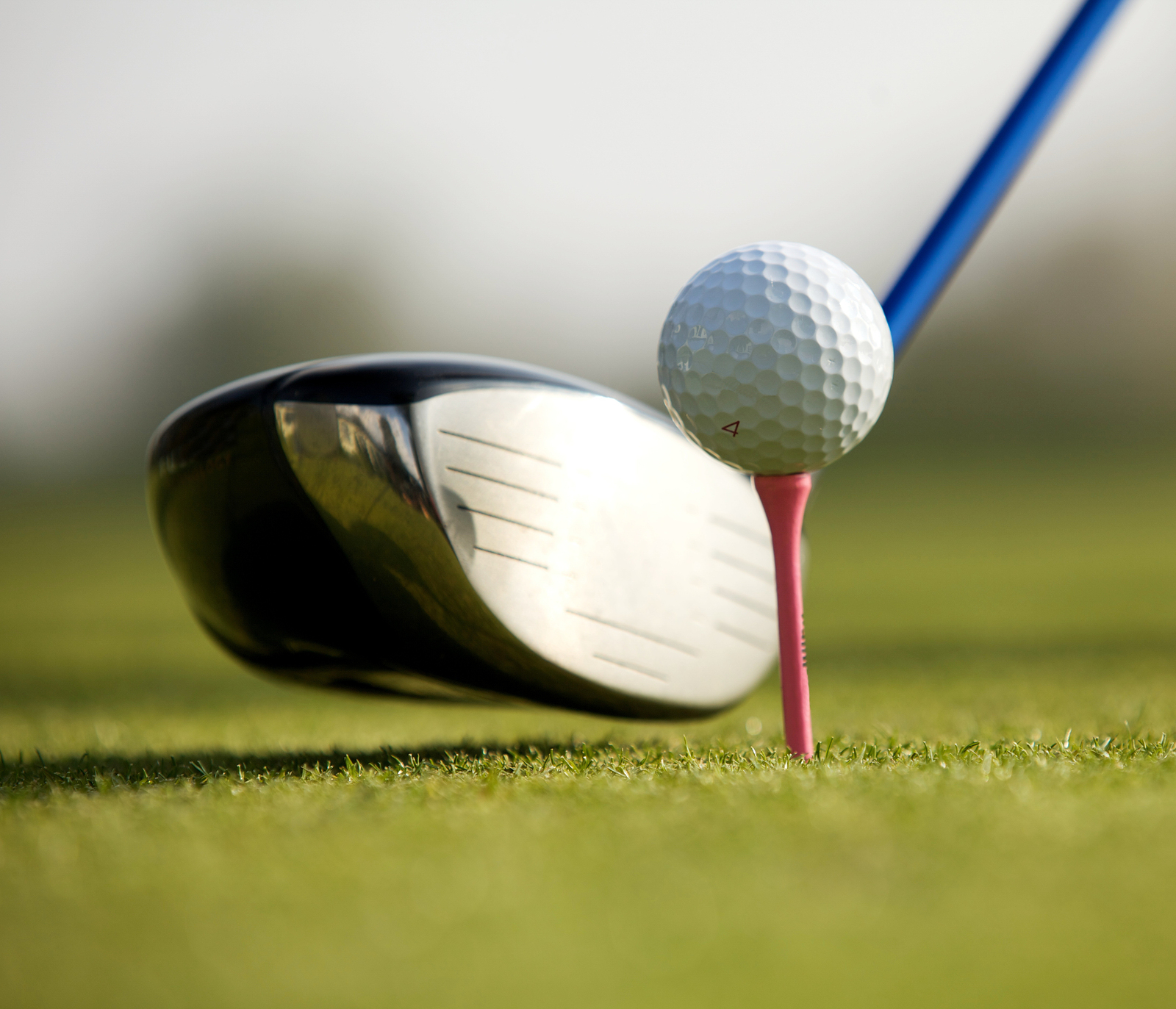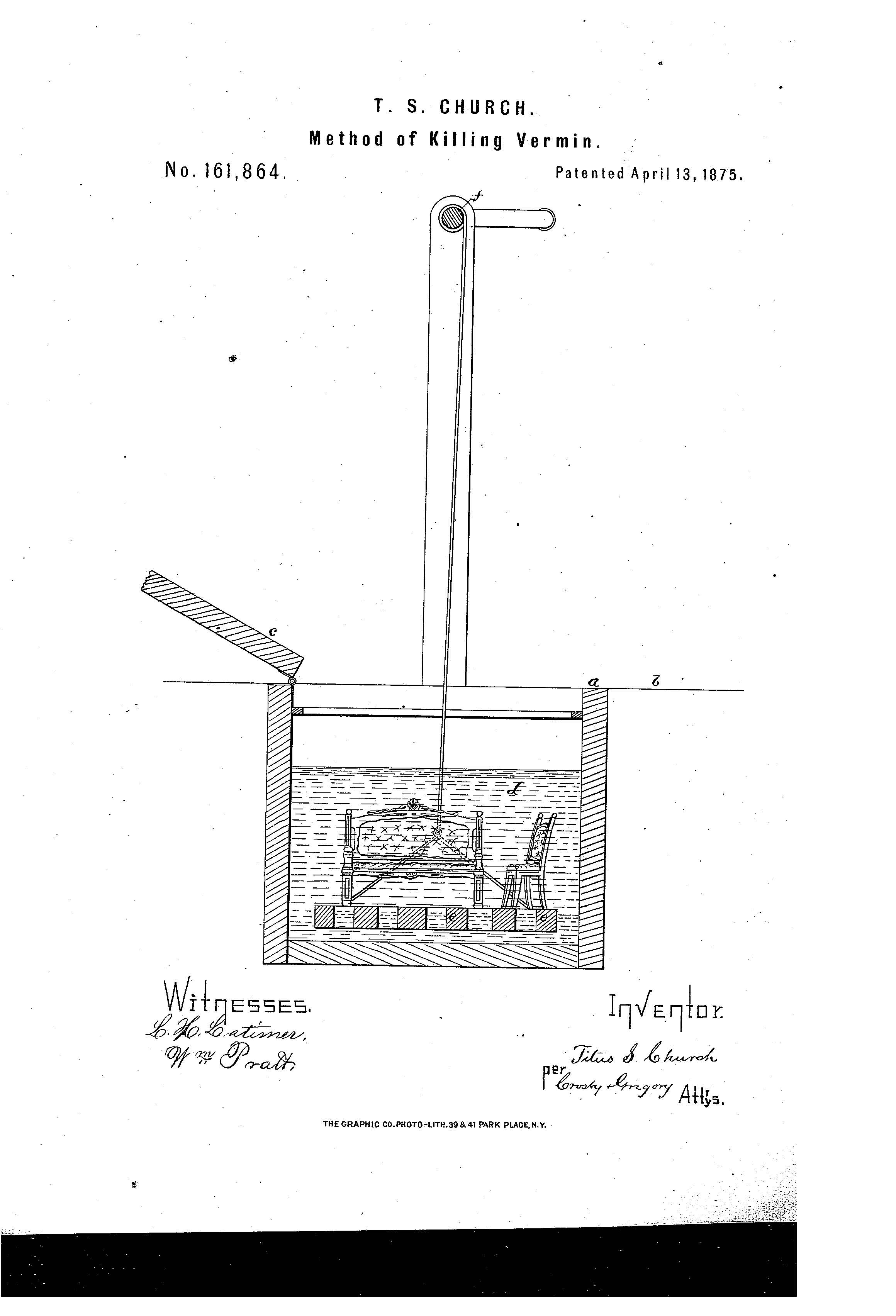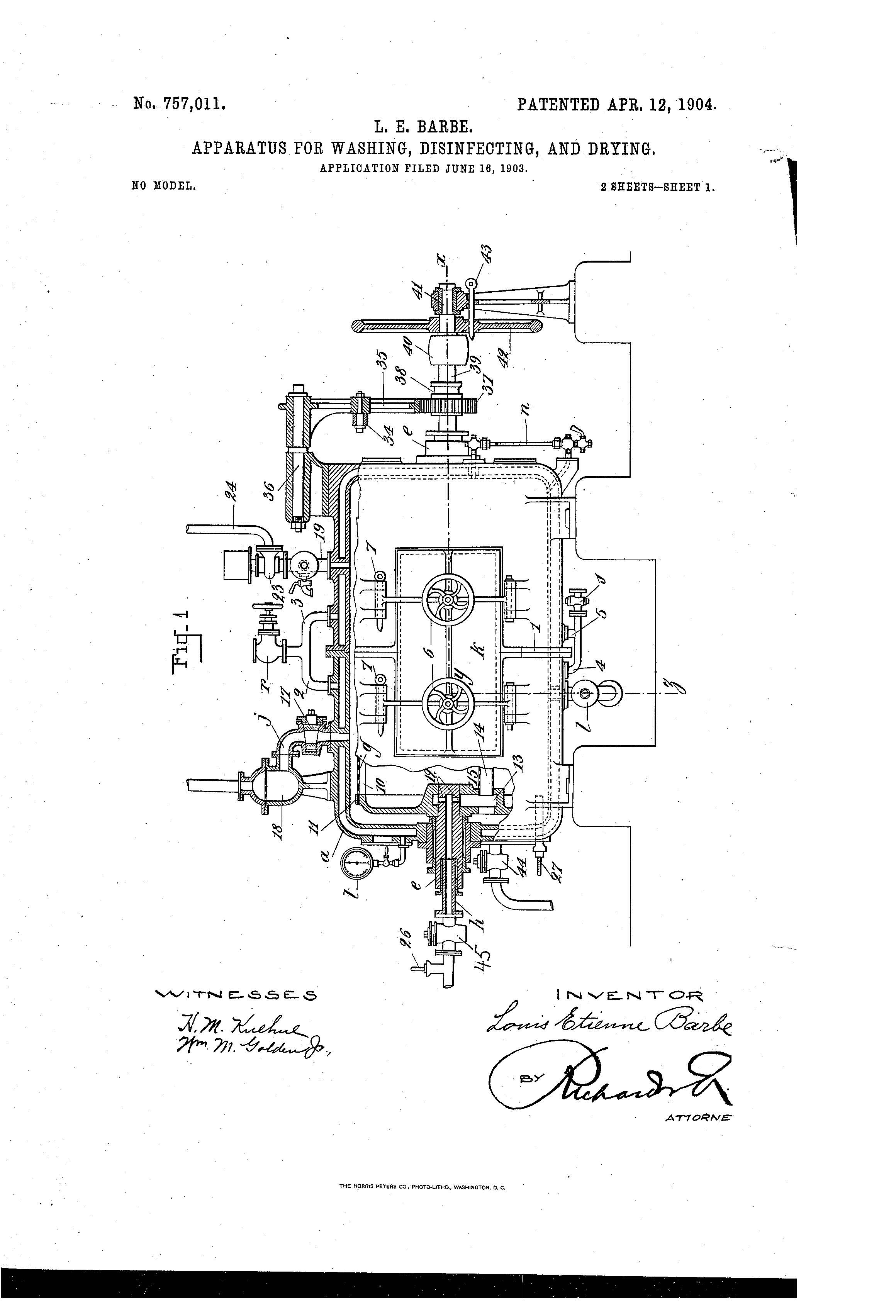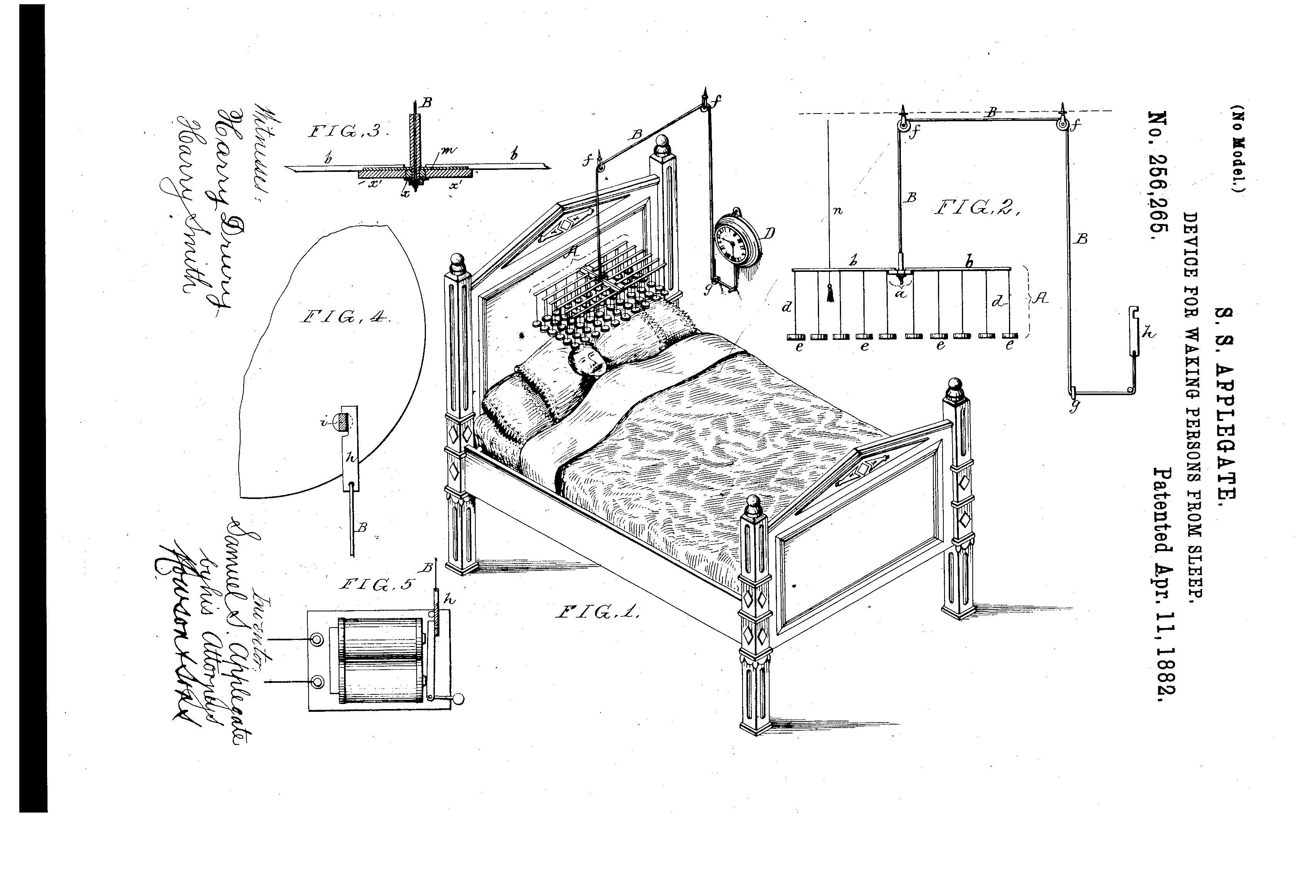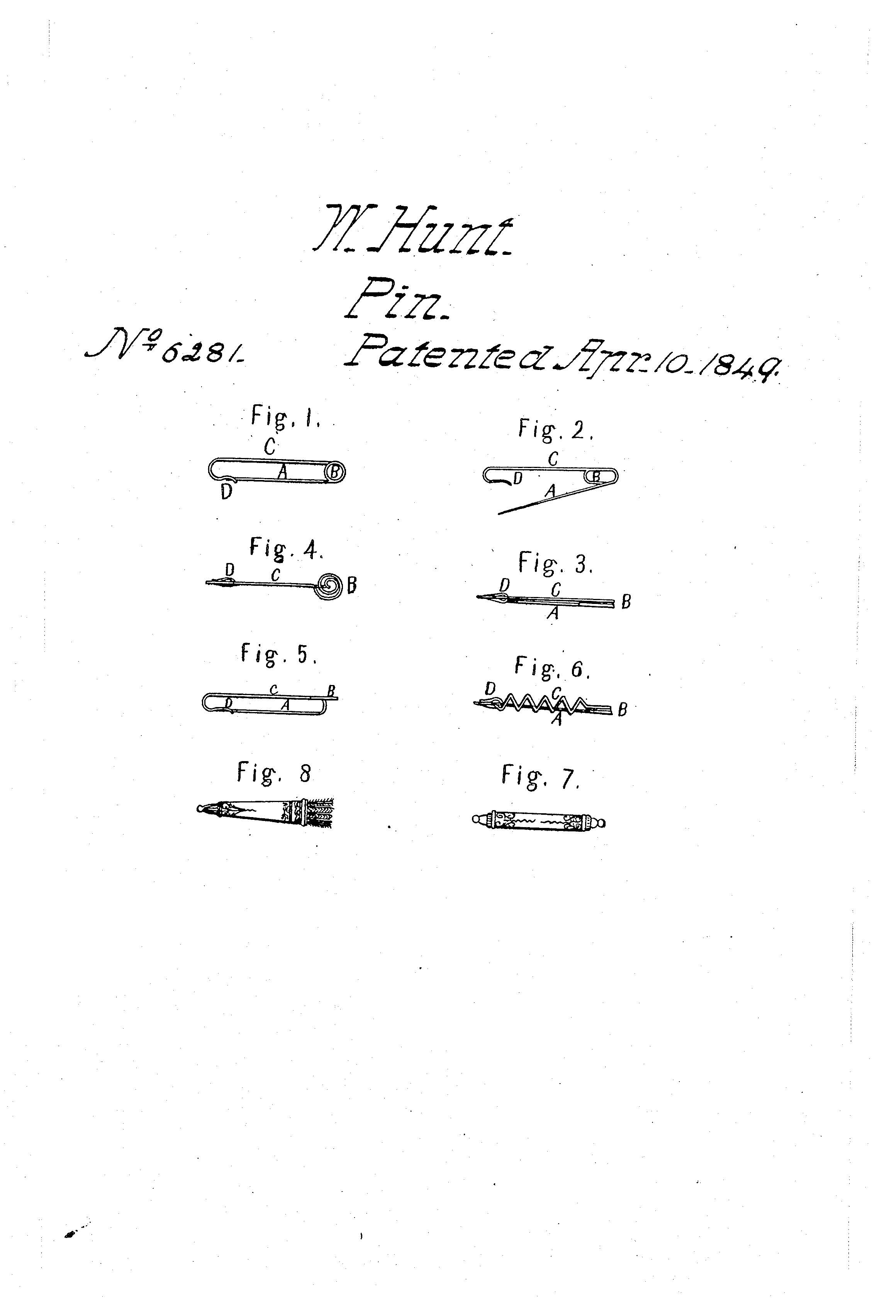Patent of the Day: Life Preserver and Swimming Machine
Suiter Swantz IP takes a look back at past inventions and inventors with our Patent Of The Day.
On this day in 1908, William H. Young and Oscar B. Lyon were granted U.S. Patent No. 885,212 for a LIFE PRESERVER AND SWIMMING MACHINE.
This invention relates to improvements in life preservers and the like, the object being to produce such a life preserver as may also be used for a swimming machine, either for recreation or in a case of necessity, whereby in cases of accident or ship wreck the survivors may get safely away from the vessel and propel themselves to a place of safety. This object was accomplished by means of an air tight compartment adapted to be strapped to the trunk of a person, said compartment having a keel similar to that of a boat, connected with which is a driving screw propelling mechanism adapted to be operated by the manual force of the wearer.
Suiter Swantz IP is a full-service intellectual property law firm serving all of Nebraska, Iowa and South Dakota. If you have any intellectual property questions or need assistance with any patent, trademark or copyright matters and would like to speak to one of our patent attorneys please feel free to contact us.
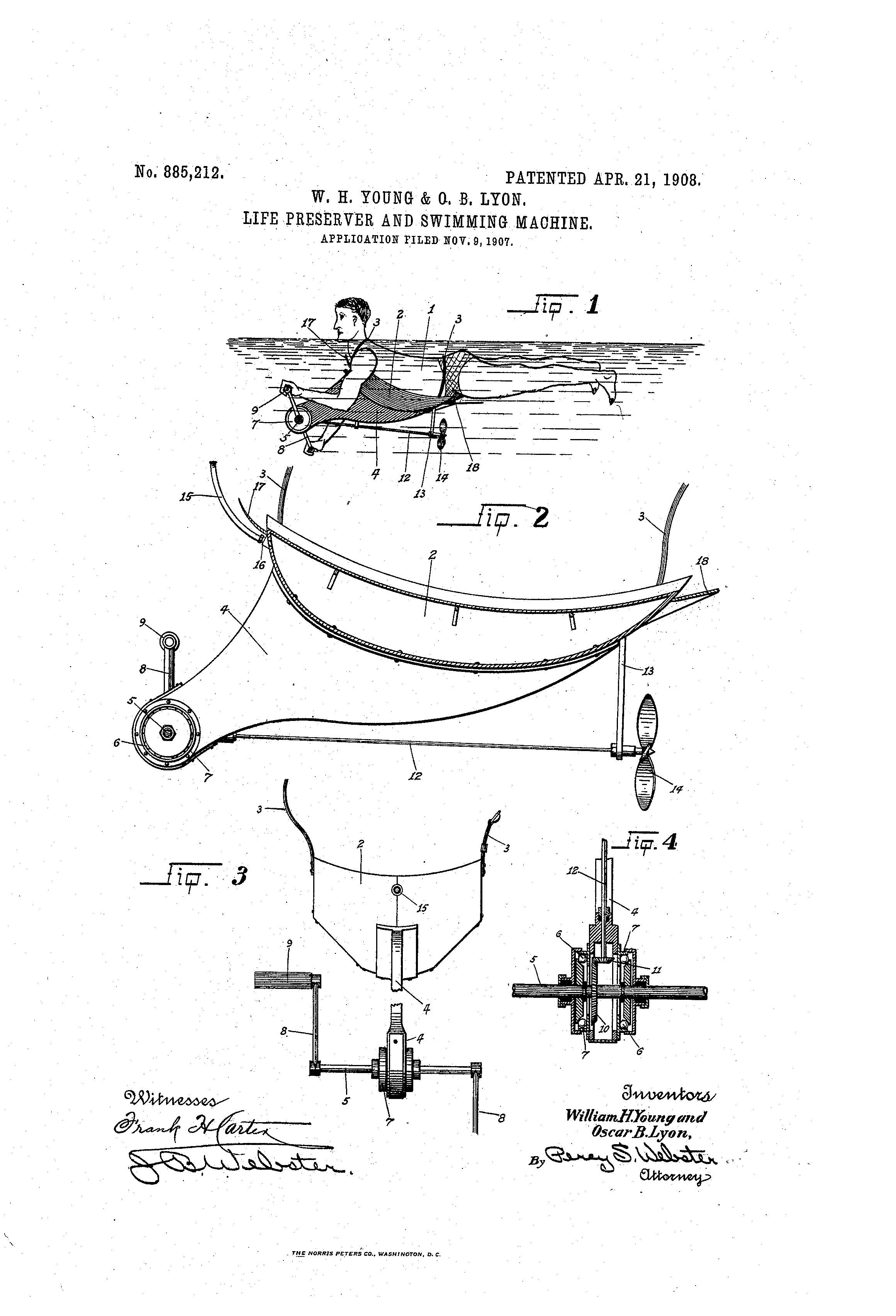
Patent of the Day: Artist's Easel and Attachable Rest
Suiter Swantz IP takes a look back at past inventions and inventors with our Patent Of The Day.
On this day in 1889, John Alexander Johnson was granted U.S. Patent No. 396,658 for a ARTIST'S EASEL AND ATTACHABLE REST.
This invention is an improvement in artists’ easels; and it relates particularly to a rest for pictures or models which are to be copied or reproduced by means of the eye and hand. The rest proper is formed of several strips or bars of wood or other material so placed and secured together as to form square or angular spaces when said rest is spread for use. At the center of gravity of the rest (which may be one of the points of intersection of the bars) a pivot arm, which is secured to a second arm by a loop clamped by a thumb-nut. The second arm is provided with holes corresponding in size with the holes ordinarily found in the uprights of an easel, and is clamped or held to one of these uprights by means of a bolt which passes through the perforated arm and either one of the holes of the said up right. The loop employed to splice the two arms to unite the easel and the rest is in the nature of an eyebolt, serving as a swivel-connection, so that the said rest may have a motion about the axis of the shank of said eyebolt. A device somewhat similar to the bolt connecting the two arms is used to secure the holder to the outer of said arms, so that the said rest may be rotated about its axis and clamped to any desired position. By means of the several motions of which the rest is capable it may be raised or lowered or drawn near to the artist as a whole or any part of said rest, or the picture fixed thereto may be drawn near to the hand or the eye of the artist at his will.
Suiter Swantz IP is a full-service intellectual property law firm serving all of Nebraska, Iowa and South Dakota. If you have any intellectual property questions or need assistance with any patent, trademark or copyright matters and would like to speak to one of our patent attorneys please feel free to contact us.
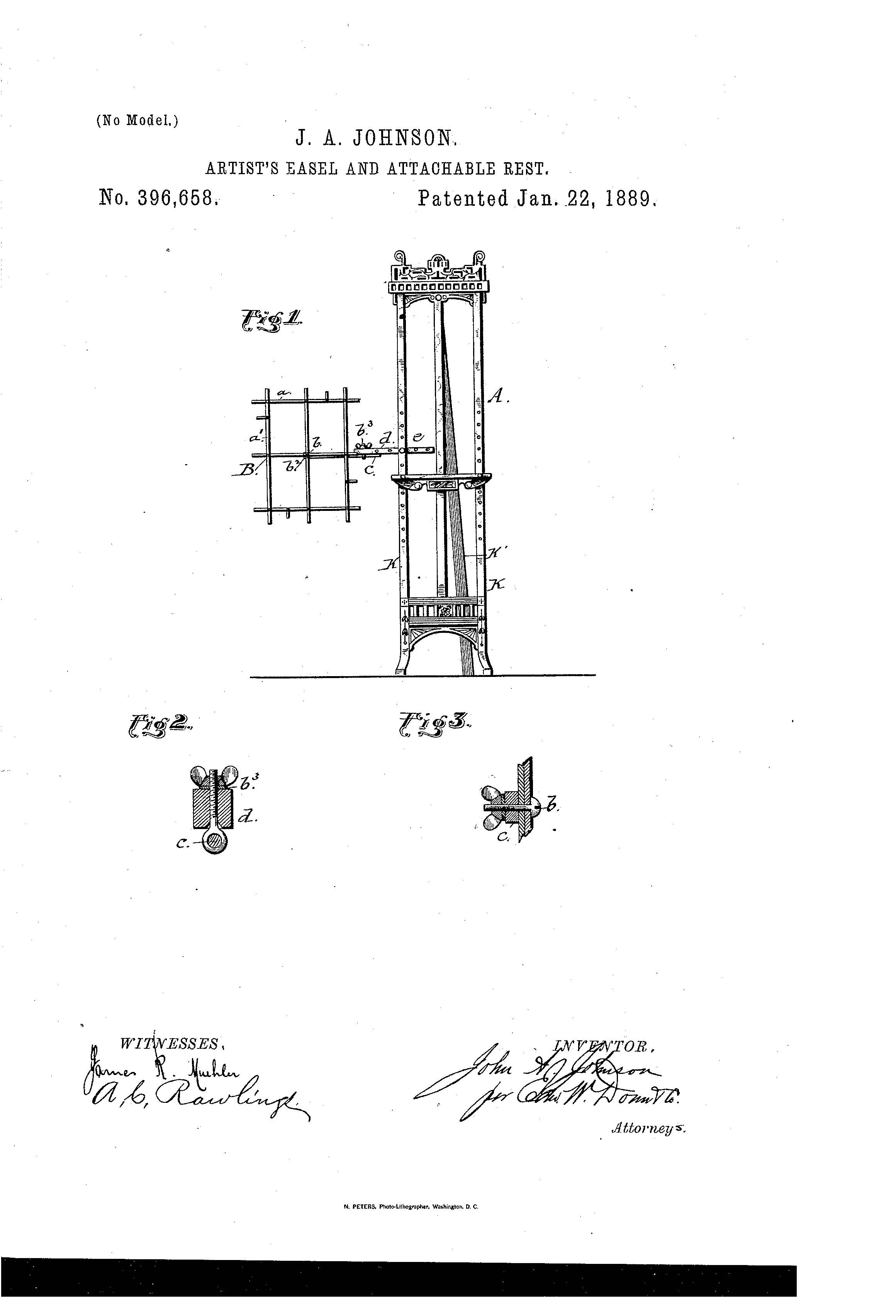
Costco Takes Swing at Acushnet over Golf Balls
Costco, the membership-based retailer known for their Kirkland Signature brand, good deals, and bulk items, has filed a complaint in the District Court Western District of Washington at Seattle against Titleist golf ball manufacturer, Acushnet. The complaint was prompted after Acushnet sent Costco a “threatening letter” accusing the company of infringing on 11 of their patents and false advertising. The complaint was filed proactively to stop any action Acushnet may take.
In a written statement Costco said “[w]e have asked the Court to protect our right to continue to sell our Kirkland Signature golf ball against challenges made by Acushnet under patent and advertising laws.”
Costco’s Kirkland Signature brands are often times seen as a less expensive equivalent to a more well-known product. For many of these products, the patents have expired and other manufacturers, including Costco, have taken advantage of this by offering their house brand for a discounted price.
In 2016, Costco began to sell Kirkland Signature golf balls. The Kirkland Signature golf balls are a four-piece, urethane-covered ball that retails for approximately $15 per dozen; a significant savings compared to the cost of top name-brand golf balls. The golf balls quickly sold out and received praise from golfers and golf experts as being a “tour quality” ball comparable to other top rated national brands.
Costco advertised the golf balls to “meet or exceed the quality standards of leading national brands,“ and gave the golf balls the Kirkland Signature guarantee. In the letter Acushnet sent, they argued Costco’s Kirkland Signature guarantee and “meet or exceed” statement indicates “to a reasonable consumer that the KS golf ball is the same or of greater quality as Acushnet's Pro V1 golf ball." Costco stated they have “never publicly compared the KS ball with any Acushnet ball, including Acushnet’s Pro V1 golf balls.” They further stated “[a] reasonable consumer would not interpret the Kirkland Signature guarantee as intended to convey a statement of fact about any specific comparisons of quality between the KS ball and any specific manufacturer or ball.”
Currently, the golf balls are sold out in stores and are not listed on Costco’s website. However, the company said, “[o]ur golf ball will go back on sale in early April, but supplies are limited."
Acushnet is no stranger to intellectual property legal battles. The company had a lengthy battle with its competitor Callaway and recently filed a lawsuit against multiple small start-up companies citing patent infringement. The companies could not afford to battle the golf ball giant and were forced to close.
It is questionable as to what steps will be taken next. Costco’s complaint puts the “golf ball” in Acushnet’s court. A publicized legal battle may highlight the fact that Acushnet’s competitor sells a less expensive ball that has received high marks from the golf world. When asked to comment Acushnet said, “[a]s is the case with all matters of litigation, we will have no comment.”
Suiter Swantz IP is a full-service intellectual property law firm serving all of Nebraska, Iowa and South Dakota. If you have any intellectual property questions or need assistance with any patent, trademark or copyright matters and would like to speak to one of our patent attorneys please feel free to contact us.
Patent of the Day: Coffee Roaster
Suiter Swantz IP takes a look back at past inventions and inventors with our Patent Of The Day.
On this day in 1904, John E. Herriott was granted U.S. Patent No. 757,743 for a COFFEE ROASTER.
This invention relates to a combined portable furnace and coffee roaster; and the object of producing a coffee-roaster of the kind is that it can be moved from place to place without having to take it to pieces for that purpose.
Another object accomplish by such a coffee-roaster is that the coffee can be roasted and at the same time the oil in the grains can be retained therein and not destroyed as is the case with most of the coffee-masters at the present time. This is accomplish in the peculiar manner in which the cylinder is constructed to retain the coffee while it is being roasted by first making a suitable cylinder of heavy sheet metal, galvanized iron being preferable. It is then placed on the inside of the cylinder a layer of fire-clay, and on the inside of the fire-clay a heavy layer of soapstone is placed. The heads of the cylinder are constructed in the same manner.
Suiter Swantz IP is a full-service intellectual property law firm serving all of Nebraska, Iowa and South Dakota. If you have any intellectual property questions or need assistance with any patent, trademark or copyright matters and would like to speak to one of our patent attorneys please feel free to contact us.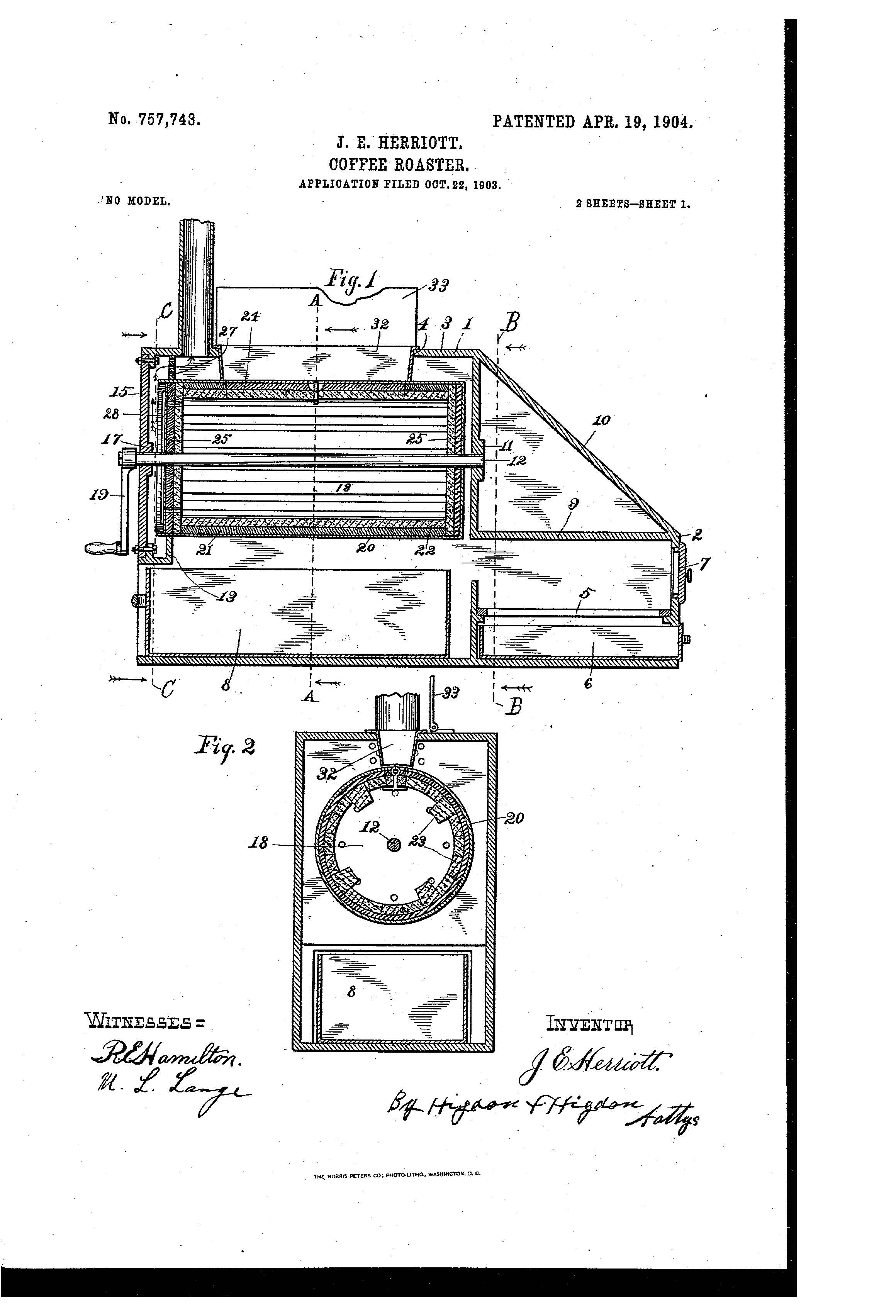
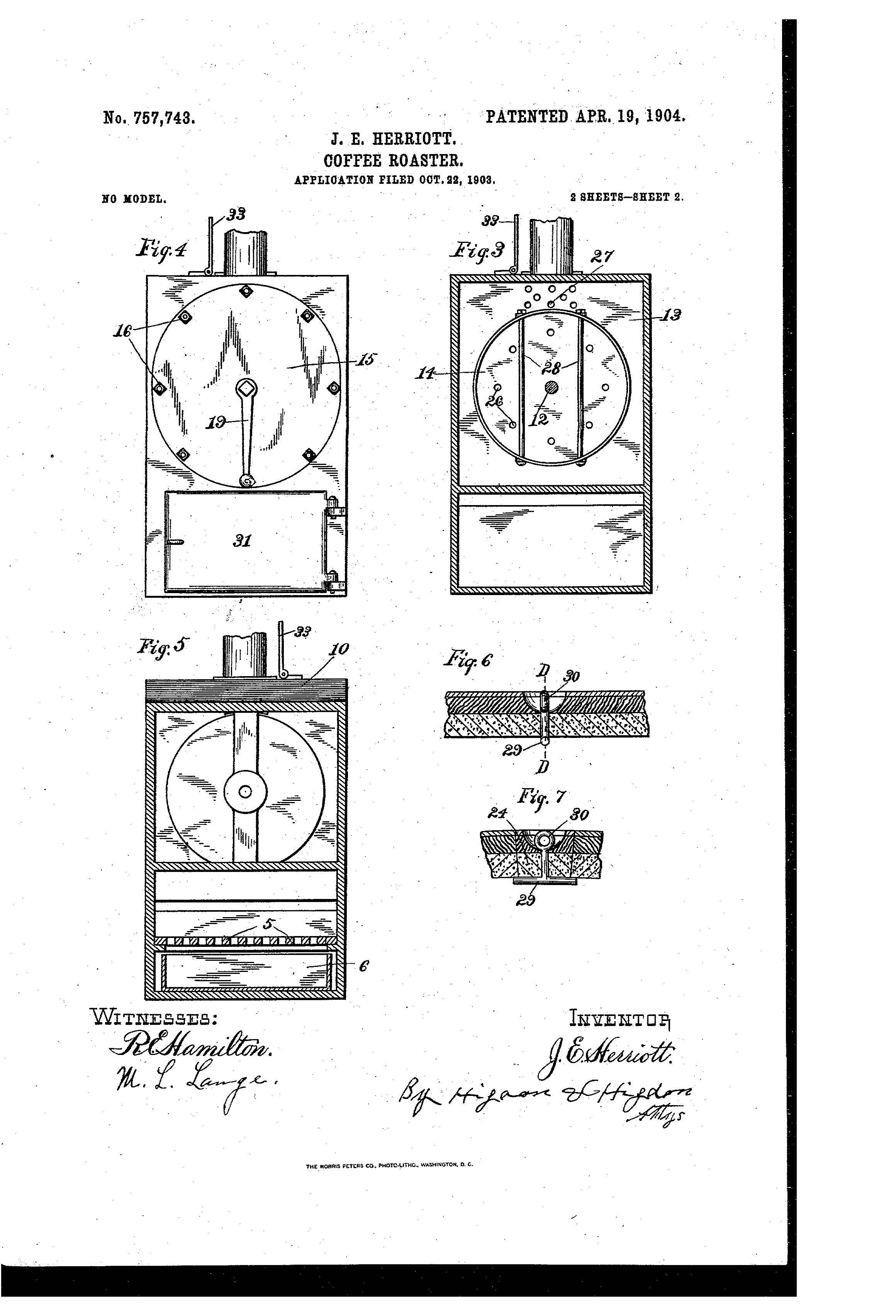
Patent of the Day: Coat Hanger
Suiter Swantz IP takes a look back at past inventions and inventors with our Patent Of The Day.
On this day in 1905, John Alexander Bryant was granted U.S. Patent No. 787,559 for a CLOTHES HANGER.
The objects of this invention are to provide a coat-hanger of simple, durable, and inexpensive construction which is adapted for use in hanging a coat on it and at the same time support trousers or dress-skirts on the cross-bar, which is inside of the coat when it is upon the hanger, so that the skirt or trousers will be protected from dust or dirt to a very large extent, and which will keep the shape of the trousers or skirt perfectly when the hanger is supported by the ordinary hook.
A further object is to provide a coat hanger made of a single piece of wire so twisted as to forma hanger which will cause the shoulders of the coat which is placed over it to be kept in shape and prevent it from wrinkling.
A further and very material object is to provide a hanger in which there is a maximum amount of strength with a minimum amount of material used in the construction of the device.
Suiter Swantz IP is a full-service intellectual property law firm serving all of Nebraska, Iowa and South Dakota. If you have any intellectual property questions or need assistance with any patent, trademark or copyright matters and would like to speak to one of our patent attorneys please feel free to contact us.
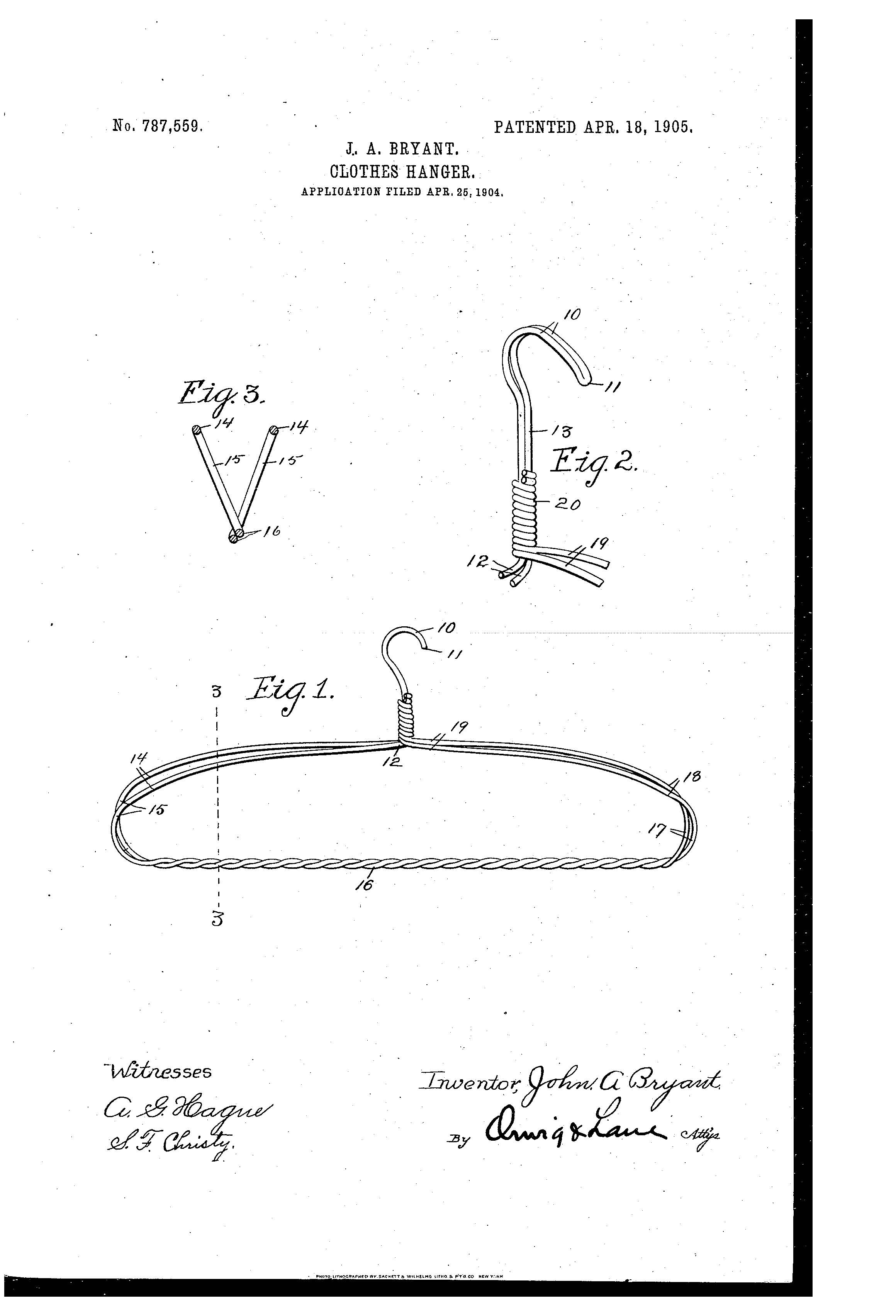
Tax Day and Patents
The only guarantees in life are death and taxes. Tax day is upon us once again and odds are you are one of the millions of tax-paying Americans. What many may not know is that there is a host of patents associated with the tax industry.
Some of the first tax laws were created in 1913 when the 16th amendment was ratified, which allowed the government to enact and collect income tax. The 16th Amendment stated “Congress shall have power to lay and collect taxes on incomes, from whatever source derived, without apportionment among the several states, and without regard to census or enumeration.”
The first tax day was March 1, 1914, but the “Revenue Act” of 1918 pushed that date back two weeks to the 18th of March. It was not until 1955 that the Internal Revenue Code of 1954 gave taxpayers a new deadline of April 15th.
According to lawmakers, the date was moved as a way to help taxpayers. It was thought this extended time would allow Americans the opportunity to handle the complexities of the tax laws. According to House Ways and Means Committee Chair Daniel A. Reed, the new deadline also benefited accountants and other tax-return prepares as it eased their burden as well.
Through the years inventors and companies have patented a number of innovative methods and systems related to tax preparation. Below are a few examples.
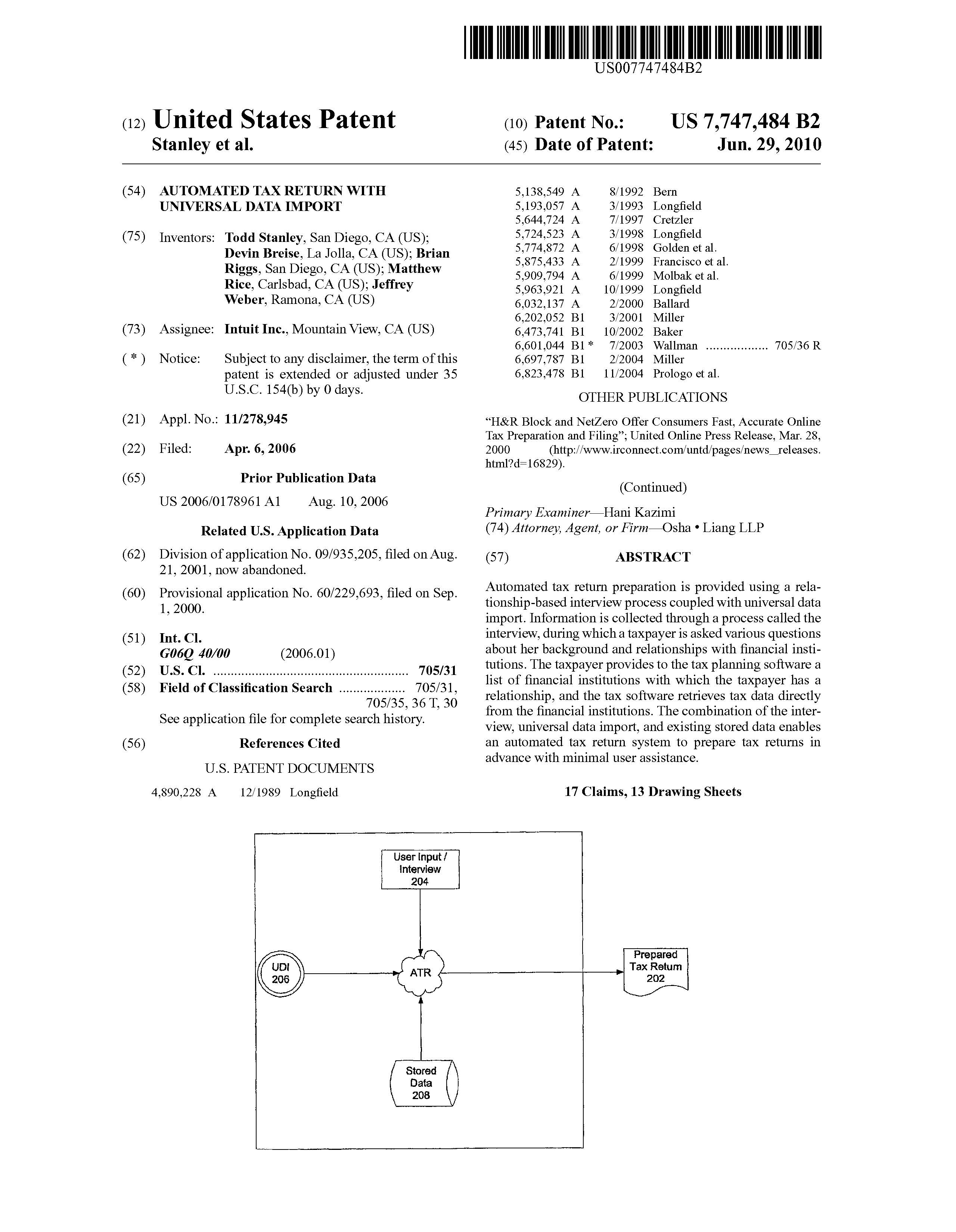 One technology that people use each year to file their taxes is Inuit’s TurboTax®. Inuit protects their tax preparation technology, in part, via U.S. Patent No. 7,747,484, entitled AUTOMATED TAX RETURN WITH UNIVERSAL DATA, which was granted in 2010.
One technology that people use each year to file their taxes is Inuit’s TurboTax®. Inuit protects their tax preparation technology, in part, via U.S. Patent No. 7,747,484, entitled AUTOMATED TAX RETURN WITH UNIVERSAL DATA, which was granted in 2010.
The software is described as an automated tax return preparation using “a relationship-based interview process coupled with universal data import. Information is collected through a process called the interview, during which a taxpayer is asked various questions about her background and relationship with financial institutions. The taxpayer provides to the tax planning software a list of financial institutions with which the taxpayer has a relationship, and the tax software retrieves tax data directly from the financial institutions. The combination of the interview, universal data import, and existing stored data enables an automated tax return system to prepare tax returns in advance with minimal user assistance.”
While most people dutifully pay their taxes, it is reported that 18.3% of Americans attempt to cheat or evade the tax system. 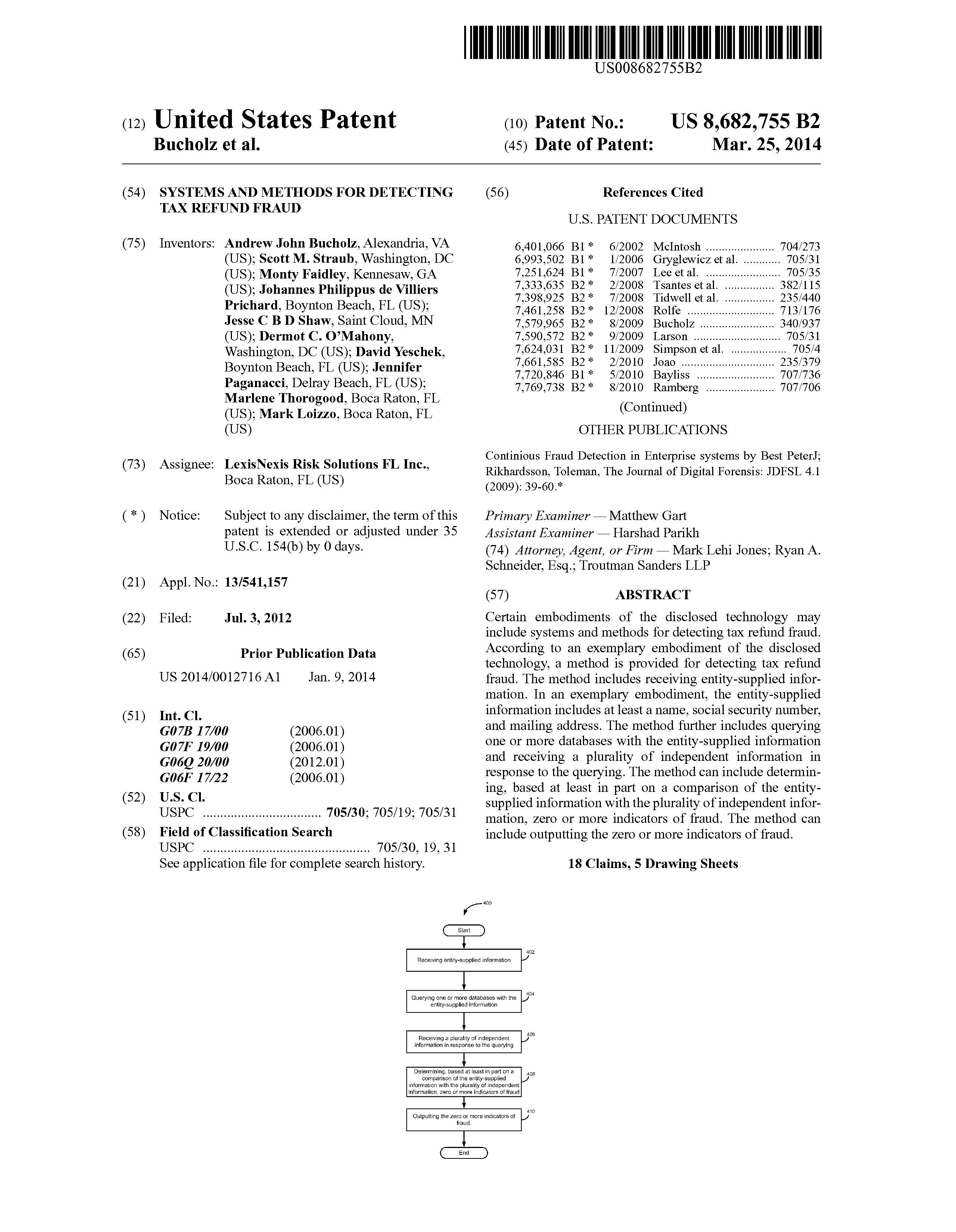 The IRS has reported that this evasion may cost up to $458 billion per year. U.S. Patent No. 8,682,755, entitled SYSTEMS AND METHODS FOR DETECTING TAX REFUND FRAUD, protects technology that may help with detecting tax fraud.
The IRS has reported that this evasion may cost up to $458 billion per year. U.S. Patent No. 8,682,755, entitled SYSTEMS AND METHODS FOR DETECTING TAX REFUND FRAUD, protects technology that may help with detecting tax fraud.
This patent, assigned to LexisNexis Risk Solutions FL Inc., “includes receiving entity-supplied information. In an exemplary embodiment, the entity-supplied information includes at least a name, social security number, and mailing address. The method further includes querying one or more databases with the entity-supplied information and receiving a plurality of independent information in response to the querying. The method can include determining, based at least in part on a comparison of the entity supplied information with the plurality of independent information, zero or more indicators of fraud. The method can include outputting the zero or more indicators of fraud.”
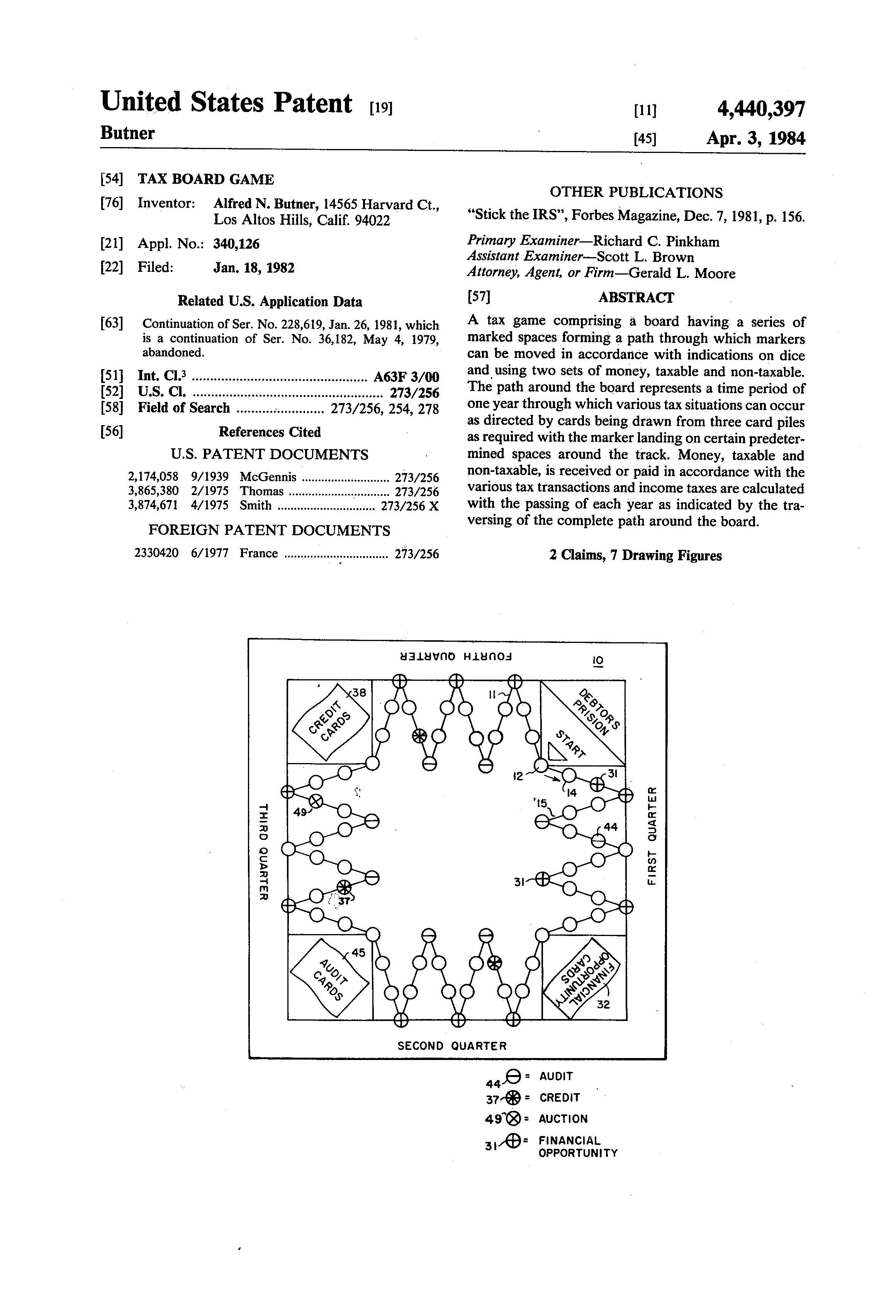 There are even patents on tax-related board games. One example includes U.S. Patent No. 4,440,397, entitled TAX BOARD GAME. The games is described as follows: “a tax game comprising a board having a series of marked spaces forming a path through which markers can be moved in accordance with indications on dice and using two sets of money, taxable and non-taxable. The path around the board represents a time period of one year through which various tax situations can occur as directed by cards being drawn from three card piles as required with the marker landing on certain predetermined spaces around the track. Money, taxable and non-taxable, is received or paid in accordance with the various tax transactions and income taxes are calculated with the passing of each year as indicated by the traversing of the complete path around the board.”
There are even patents on tax-related board games. One example includes U.S. Patent No. 4,440,397, entitled TAX BOARD GAME. The games is described as follows: “a tax game comprising a board having a series of marked spaces forming a path through which markers can be moved in accordance with indications on dice and using two sets of money, taxable and non-taxable. The path around the board represents a time period of one year through which various tax situations can occur as directed by cards being drawn from three card piles as required with the marker landing on certain predetermined spaces around the track. Money, taxable and non-taxable, is received or paid in accordance with the various tax transactions and income taxes are calculated with the passing of each year as indicated by the traversing of the complete path around the board.”
For those who have already filed their taxes, sit back and enjoy the day. For those who have not, do not fret, there are still a few more hours left to get them filed.
Suiter Swantz IP is a full-service intellectual property law firm serving all of Nebraska, Iowa and South Dakota. If you have any intellectual property questions or need assistance with any patent, trademark or copyright matters and would like to speak to one of our patent attorneys please feel free to contact us.
Patent of the Day: Mask for Administering Anesthetics
Suiter Swantz IP takes a look back at past inventions and inventors with our Patent Of The Day.
On this day in 1906, Albert Rousseau was granted U.S. Patent No. 818,123 for a A MASK FOR ADMINISTERING ANESTHETICS.
This invention relates to a mask or apparatus for the administration of anesthetics generally, and particularly for the administration of the anesthetic known as “somnoforme,” which is a mixture of ethyl chlorid, methyl chlorid, and ethyl bromid.
The apparatus comprises a mask a of transparent material surrounded by a pneumatic ring, adapted to make a tight joint with the face. Into the center of the mask leads a tube, divided into two compartments and, the lower compartment being adapted to receive the liquid anesthetic and the upper compartment serving as an inhaling-conduit. At the upper part of said compartment is located an outwardly-opening valve, serving for the discharge of the respirations charged with carbonic acid, and thus preventing intoxication. Into the upper part of the inhaling-conduit lead two tubes, adapted to receive, respectively, glass tubes, containing the liquid anesthetic and closed by a cap. Each tube is provided with a spring-rod, which allows of breaking the point of the corresponding tube at the moment the apparatus is to be used. When the point of the tube is broken, the liquid contained therein flows into the chamber through openings and, provided for this purpose, and during the administration of the anesthetic the latter is inhaled by the patient through the orifice and conduit. At the end of the latter is arranged a metal gauze for preventing the glass point of the tube or any other broken glass from being carried along into the mask. The second tube is only broken when the liquid of the first one has been exhausted.
To the end of the tube is applied a cap carrying a bladder. This bladder is arranged to permit the patient to inhale the necessary quantity of air for inhaling and preventing suffocation.
In cases where it is necessary to produce a long period of anesthesia somnoforme is used, as stated, to start rapidly the anesthesia, then by means of the same apparatus chloroform or ether at will is substituted for the somnoforme. For this purpose it is only necessary to pour the liquid chloroform or other either into the mask a or into one of the tubes. This liquid flows into the tube, and the vapors are then inhaled as in the case of somnoforme.
Suiter Swantz IP is a full-service intellectual property law firm serving all of Nebraska, Iowa and South Dakota. If you have any intellectual property questions or need assistance with any patent, trademark or copyright matters and would like to speak to one of our patent attorneys please feel free to contact us.
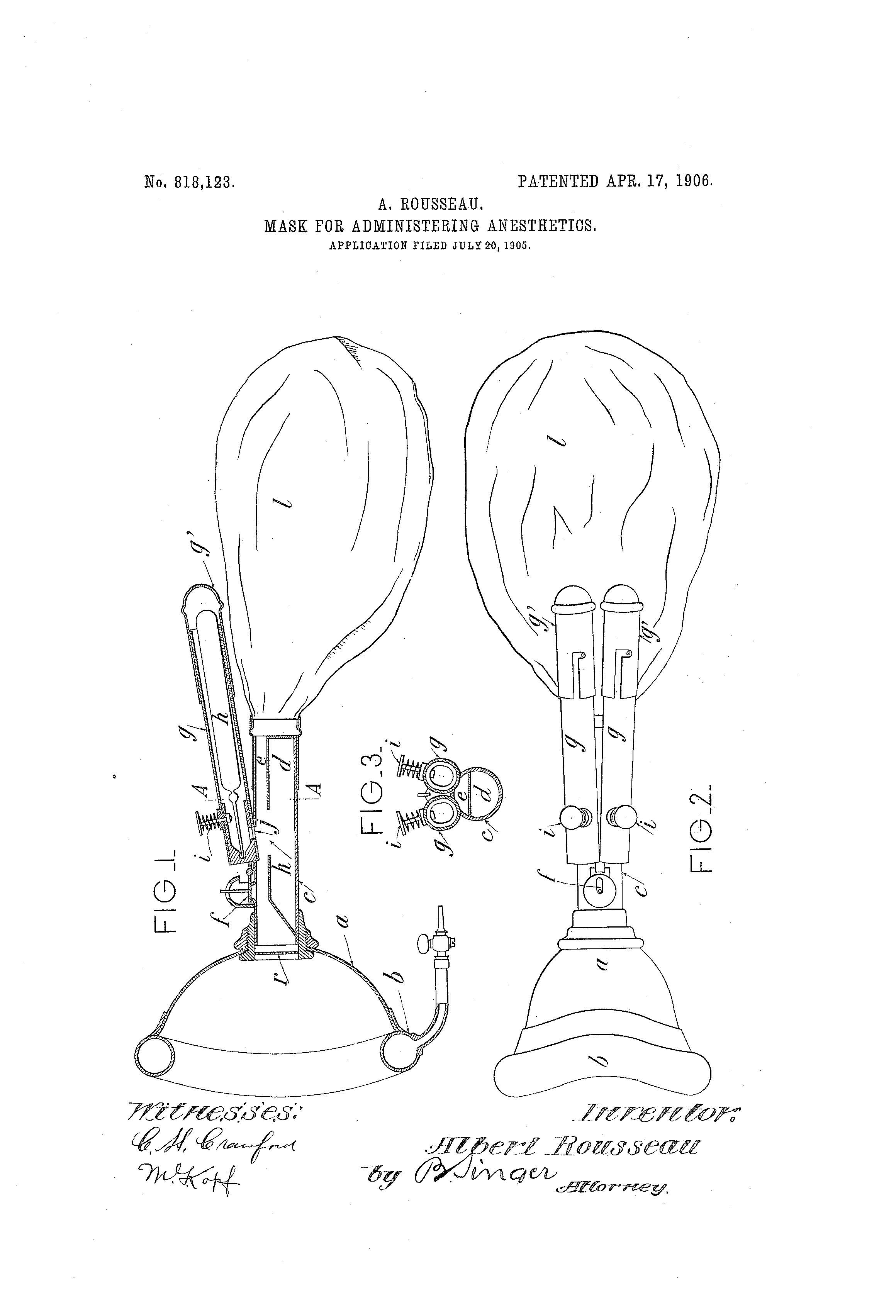
Patent of the Day: System of Signaling
Suiter Swantz IP takes a look back at past inventions and inventors with our Patent Of The Day.
On this day in 1903, Nikola Tesla was granted U.S. Patent No. 725,605 for a SYSTEM OF SIGNALING.
In certain systems for transmitting intelligible messages or governing the movements and operations of distant automata electrical impulses or disturbances produced by suitable apparatus are conveyed through the natural media to a distant receiving-circuit capable of responding to the impulses, and, thereby effecting the control of other appliances. Generally a special device highly sensitive is connected to the receiving-circuit, which in order to render it still more susceptible and to reduce the liability of its being affected by extraneous disturbances is carefully adjusted so as to be in tune with the transmitter. By a scientific design of the sending and receiving circuits and other apparatus and skillful adjustment of the same these objects maybe in a measure attained; but in long experience I have found that notwithstanding all constructive advantages and experimental resources this method is in many cases inadequate. Thus while I have succeeded in so operating selectively under certain favorable conditions more than one hundred receivers in most cases it is practicable to work successfully but a few, the number rapidly diminishing as, either owing to great distance or other causes, the energy available in the tuned circuits becomes smaller and the receivers necessarily more delicate. Evidently a circuit however well constructed and adjusted to respond exclusively to vibrations of one period is apt to be affect lower ones. When the oscillators are of a very high frequency, the number of the effective harmonics may be large, and the receiver consequently easily disturbed by extraneous influences to such an extent that when very shortwaves, such as these produced by Hertzian spark apparatus, are used little advantage in this respect is derived from tuning the circuits. It being an imperative requirement in most practical applications of such systems of signaling or intelligence transmission that the signals, or messages should be exclusive or private, it is highly desirable to do away, with the above limitations, especially in view of the fact, which I have observed, that the influence of powerful electrical disturbances upon sensitive receivers extends, even on land, to distances of many hundreds of miles, and consequently in accordance with theory still farther on sea. To overcome these drawbacks and to enable a great number of transmitting and receiving stations to be operated selectively and exclusively and without any danger of the signals or messages being disturbed, intercepted, or interfered with, in any way is the object of my present invention,
Broadly stated, this invention consists in the combination of means for generating and transmitting two or more kinds or classes of disturbances or impulses of distinctive character with respect to their effect upon a receiving-circuit and a distant receiver which comprises two or more circuits of different electrical character, or severally tuned, so as to be responsive to the different kinds or classes of impulses and which is dependent for operation upon the conjoint or resultant action of the two or more circuits or the several instrumentalities controlled or operated thereby. By employing, only two kinds of disturbances or series of impulses instead of one, as has heretofore been done to operate a receiver of this kind, I have found that safety against the disturbing influences of other sources isincreased to such an extent that I believe this number to be amply sufficient in most cases for rendering the exchange of signals or messages reliable and exclusive but in exceptional instances a greater number may be used and a degree of safety against mutual and extraneous interference attained, such as is comparable to that afforded by a combination-lock. The liability of a receiver being affected by disturbances emanating from other sources, as well as that of the signals, or messages being received by instruments for which they are not intended, may, however, be reduced not only by an increased number of the cooperative disturbances or series of impulses, but also by a judicious choice of the same and the order in which they are made to act upon the receiver.
Evidently there are a great many ways of generating impulses or disturbances of any wave length, wave form, number or order of succession, or of any special character such as will be capable of fulfilling the requirements above stated, and there are also many ways in which such impulses or disturbances may be made to cooperate and to cause the receiver to be actuated, and inasmuch as the skill and practical knowledge in these novel fields can only be acquired by long experience the degree of safety and perfection attained will necessarily depend upon the ability and resource of the expert who applies my invention; but in order to enable the same to be successfully practiced by any person possessed only of the more general knowledge and experience in these branches I shall describe the simplest plan of carrying it out which is at present known to me.
Suiter Swantz IP is a full-service intellectual property law firm serving all of Nebraska, Iowa and South Dakota. If you have any intellectual property questions or need assistance with any patent, trademark or copyright matters and would like to speak to one of our patent attorneys please feel free to contact us.
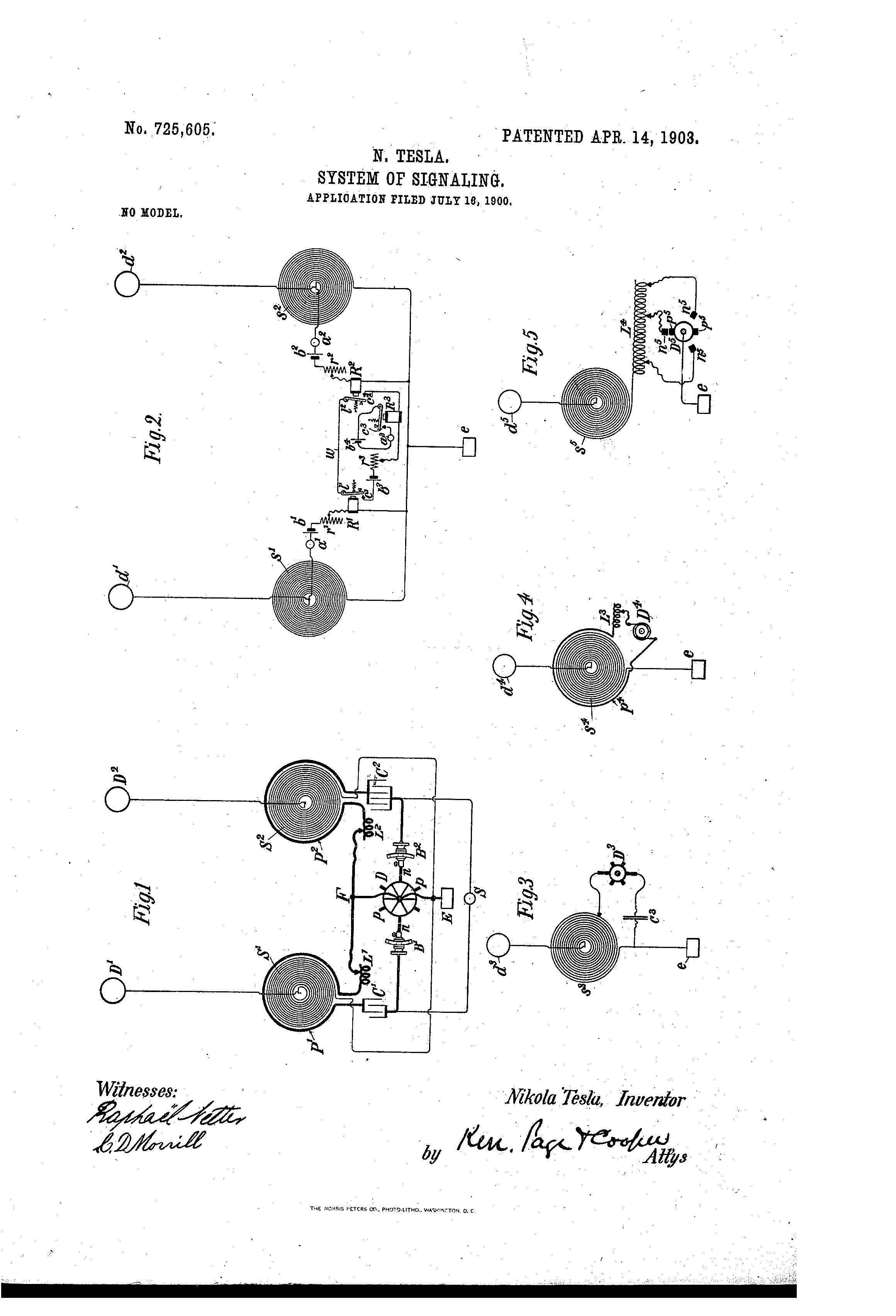
Patent of the Day: Improvement in Methods of Killing Vermin
Suiter Swantz IP takes a look back at past inventions and inventors with our Patent Of The Day.
On this day in 1875, Titus S. Church was granted U.S. Patent No. 161,864 for an IMPROVEMENT IN METHODS OF KILLING VERMIN.
This invention relates to a process for killing vermin in furniture, upholstery, carpets.
The method which has been commonly practiced for killing moths in upholsterers' establishments, and often in private dwellings, has been to sprinkle the infested articles with benzine or naphtha. This practice has caused disastrous conflagrations, and is now prohibited by special clauses in insurance policies. Besides this, it is evident that, although the fumes of the fluid may kill breathing insects, the fluid itself will only destroy vitality in such of the eggs and larvae and insects as may be touched therewith; consequently the dangerous practice of sprinkling results in lessening rather than in exterminating vermin where applied.
This process consists in the submersion in ordinary naphtha of commerce, or in light products of distillation from petroleum or coal oil, of articles which are vermin-infested, or which are spotted or coated with oil which it is desirable to remove, followed by the withdrawal of the articles from the fluid and exposure of them to the atmosphere for evaporation of any of the fluid remaining.
Suiter Swantz IP is a full-service intellectual property law firm serving all of Nebraska, Iowa and South Dakota. If you have any intellectual property questions or need assistance with any patent, trademark or copyright matters and would like to speak to one of our patent attorneys please feel free to contact us.

Patent of the Day: Apparatus for Washing, Disinfecting, and Drying
Suiter Swantz IP takes a look back at past inventions and inventors with our Patent Of The Day.
On this day in 1904, Louis Etienne Barbe was granted U.S. Patent No. 757,011 for an APPARATUS FOR WASHING, DISINFECTING, AND DRYING.
This invention has for its object an apparatus for washing, disinfecting, and drying based on the principle of recuperation and having for its object the application of this principle to washing and disinfecting machines.
This apparatus is characterized by the combination with a perfectly-tight double external casing of a movable internal barrel concentric to said casing and having a pipe parallel to its axis, which introduces hot gas which then escapes into the interior of the apparatus, the movement of said movable barrel being imparted to it by means of an improved operating apparatus causing a rapid rotation intended to produce the drying of the articles treated, to succeed or to follow after the oscillatory movement which the barrel must have during the washing period, said transformation of movement being insured by means of the improved arrangement so as to avoid any possibility of accident if a wrong movement be made at the moment of this transformation.
Suiter Swantz IP is a full-service intellectual property law firm serving all of Nebraska, Iowa and South Dakota. If you have any intellectual property questions or need assistance with any patent, trademark or copyright matters and would like to speak to one of our patent attorneys please feel free to contact us.


Patent of the Day: Device for Waking Persons from Sleep
Suiter Swantz IP takes a look back at past inventions and inventors with our Patent Of The Day.
On this day in 1882, Samuel S. Applegate was granted U.S. Patent No. 256,265 for a DEVICE FOR WAKING PERSONS FROM SLEEP.
The object of this invention is to construct a simple and effective device for waking persons from sleep at any time which may have previously been determined upon, the device being also adapted for use in connection with an electric or other burglar-alarm apparatus, in place of the usual gong-alarms.
Ordinary bell or rattle alarms are not at all times effective for their intended purpose, as a person in time becomes so accustomed to the noise that sleep is not disturbed when the alarm is sounded. The main aim of this invention is to provide a device which will not be liable to this objection.
In carrying out this invention a light frame is suspeded in such a position that it will hang directly over the head of the sleeper, the suspending-cord being combined with automatic releasing devices, whereby the frame is at the proper time permitted to fall into the sleeper’s face.
Suiter Swantz IP is a full-service intellectual property law firm serving all of Nebraska, Iowa and South Dakota. If you have any intellectual property questions or need assistance with any patent, trademark or copyright matters and would like to speak to one of our patent attorneys please feel free to contact us.

Patent of the Day: Dress Pin (Safety Pin)
Suiter Swantz IP takes a look back at past inventions and inventors with our Patent Of The Day.
On this day in 1849, Walter Hunt was granted U.S. Patent No. 6,281 for a DRESS PIN, better known today as a safety pin.
The distinguishing features of this invention consist in the construction of a pin made of one piece of wire or metal combining a spring, and clasp or catch, in which catch, the point of said pin is forced and by its own spring securely retained. They may be made of common pin wire, or of the precious metals.
It is rumored that Hunt discovered this invention while twisting a piece of wire as he contemplated how to get out of a $15.00 debt. He successfully paid the debt off by selling the patent rights to the person he owed money to. He sold this patent for $400.00.
Suiter Swantz IP is a full-service intellectual property law firm serving all of Nebraska, Iowa and South Dakota. If you have any intellectual property questions or need assistance with any patent, trademark or copyright matters and would like to speak to one of our patent attorneys please feel free to contact us.




